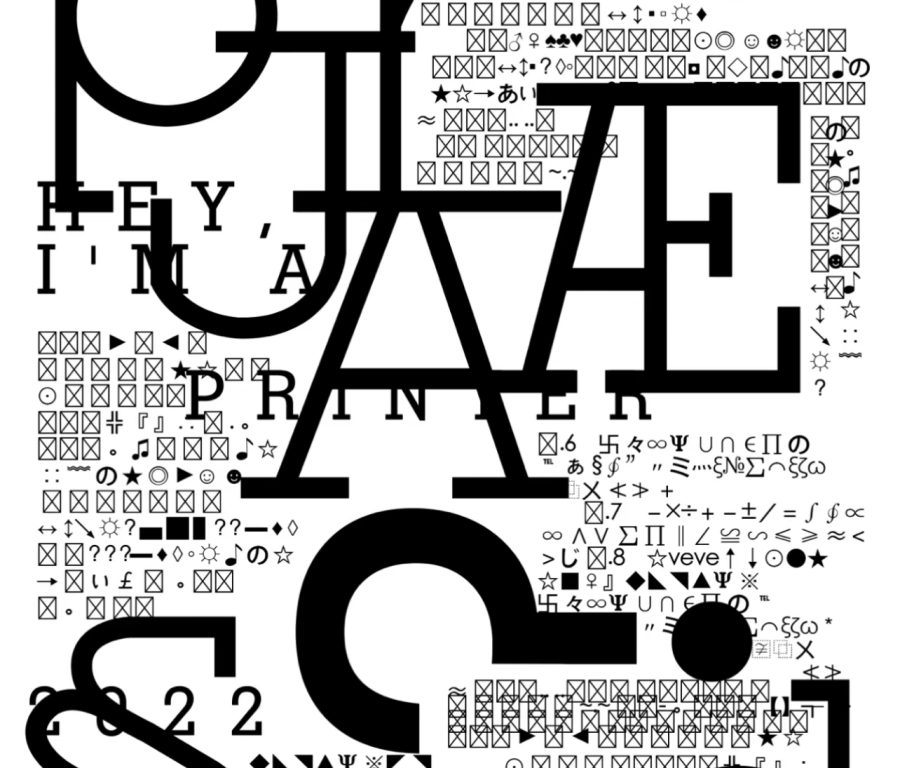Encoding is created by people and decoding is produced by people. The person who encodes wants to be understood and agreed upon in the media, he or she should understand the audience’s cultural background, literacy level and other factors. Users who decode tend to decode symbols based on their own background.
I will use video to illustrate this point.
Often times people do not film the video directly to show what they want to say to the public, which requires the audience to decode it.
When a Turkish film appears on social media, users decode it.
When a Turkish film appears on social media, users decode it.
In terms of different historical backgrounds, people in each country and region decode the film differently. Even in terms of occupation, each different occupation decodes this video differently.
Even though the film expresses Turkey’s distinctive culture, landscapes and human history, each person decodes it differently depending on his or her cultural background.
The author of this film has travelled all over Turkey from south to north in 20 days, trying to let the users have a deeper understanding of Turkey through the special cultural elements and the hospitable Turkish people, not only the knowledge to let everyone know that the hot air balloon in Turkey is very beautiful and the Turkish people are very enthusiastic, but also to let the audience experience the solace on the soul brought about by it.
CultCultural background and knowledge level do affect the encoding and decoding of television shows.


As far as cultural background is concerned, just seeing the scenery and architecture of Turkey is a bit too superficial, and users can carefully decode more about the human history of Turkey, the climate of Turkey and so on from this film.
Many users from Turkey will comment under the film: “the habitat of the soul”, “every time I watch it, I get tears in my eyes, how touching the story behind it is”. They know their country and their cultural background very well, so they will have more different feelings when decoding the film.
The coding of the film is very simple, it’s all about hot air balloons, observation towers, and cityscapes that are characteristic of Turkey.
But there are some editing techniques that only educated audiences can see, such as parallel montage, similarity montage, action montage and so on.
So while this is a video that introduces the characteristics of Turkey to the general public, it is a masterpiece of editing that deserves to be scrutinised by the editors.
All in all, cultural background and level of knowledge do affect the way of decoding, and as a media major learner, I feel that I should create more new things that contain vitality from it, so that decoding can become a way of appreciating new things and having fun.
Referenceļ¼
PertanikaJ.Soc.Sci.&Hum.13(1):47-65(2005ļ¼https://core.ac.uk/reader/42990803
Note for studentsHall, S. (2006). āEncoding/DecodingāĀ
https://www.vlebooks.com/Product/Index/22528?page=0&startBookmarkId=-1


Your example is good and I agree with you that differences in culture and level of knowledge greatly affect the way people think, so the same information will be decoded differently. For example, a religious person and a non-religious person or a young student and a knowledgeable teacher will read the same book and have different opinions about it.
Different cultural backgrounds will cause us to look at problems from different perspective. It’s like a kind of control. You will think things in your own way. I think the example you give is typical. Coca- Cola had an AD that would run normally in other countries, but was banned in the Arab world because it was considered culturally discriminatory against Islam.
Interesting that youāve used culture to portray how different demographics may decode messages in media differently. This specific example is a good one as it takes the perspectives of many other nationalities and cultures into account all from one screenshot.